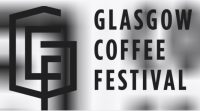 Welcome to the first of my detailed write-ups from the third Glasgow Coffee Festival, which took place earlier this month. The festival was last held in October 2015 and skipped 2016 while it was moved from the cold, autumn months to the warmth of a Glasgow spring. The first two Glasgow Coffee Festivals were one-day events, both of which sold out, so this year the festival expanded to two days, taking place over the weekend of 6th/7th May.
Welcome to the first of my detailed write-ups from the third Glasgow Coffee Festival, which took place earlier this month. The festival was last held in October 2015 and skipped 2016 while it was moved from the cold, autumn months to the warmth of a Glasgow spring. The first two Glasgow Coffee Festivals were one-day events, both of which sold out, so this year the festival expanded to two days, taking place over the weekend of 6th/7th May.
I had originally intended to attend both days, but a series of unfortunate events meant that I could only make it for the Sunday in the end. This meant that I was unable to see absolutely everything/everyone at the festival, missing out on the competitions and all of the presentations, masterclasses and cuppings (except the one I did!).
This year I’ve split my report into three parts. This, Part I, is all about people who travelled a long way to be at the festival, Part II covers my Japanese Coffee Cupping, while Part III rounds-up the local coffee scene, new equipment launches and everything else!
So, without further ado, sit back and enjoy Part I of my Glasgow Coffee Festival write up.
You can see what I got up to after the gallery.
The Glasgow Coffee Festival is held in the Briggait, its home for the last three years. In my opinion, this is the most striking venue for a coffee festival. Built as Glasgow’s fish market over 100 years ago, The Briggait consists of a single, soaring hall, with a vast, glass, arched ceiling, which gives the festival a great sense of space (something that’s lacking in other festivals). The festival is held on the floor of the main hall, but there’s a first-floor balcony that goes all the way around the building. While there are no stands up there, you do get some great views of the festival floor, although sadly I didn’t have time to get up there this year.
The festival’s organisers (curators in the modern jargon), Glasgow’s Dear Green Coffee, have always made very good use of the space, and so it proved this year. Resisting the temptation to cram the hall full of stands, they were arranged in four clusters, with eight stands per cluster, the clusters themselves laid out in a simple cross arrangement, with broad avenues between them and plenty of space around the sides.
In previous years, the two sets of stands have been adjacent to each other, with a seating area at the back for those who want to take the weight off their feet and maybe eat some of the excellent food on offer. This year, with the festival hosting both the hosting the Scottish heat of the UK Barista Championship and the final of the UK Brewers Cup, the back of the hall, where the seating used to be, was given over to the competition area. Instead the seating was moved to the middle, breaking up the sets of stalls, while the food stands, which had been at the back, were now moved to the front.
Other than these minor changes, the look and feel of the festival was very similar to previous years, laid-back and friendly, with plenty of time to talk and socialise, and (for me at least) plenty of opportunity to catch up with old friends and make some new ones. That said, the additional of blue skies and temperatures that meant that I didn’t have to wear a coat all the time were very welcome!
Although called the Glasgow Coffee Festival (it’s held in Glasgow, after all), the festival is more a celebration of Scotland’s growing specialty coffee scene, plus there were several contributors from further afield. So, after the gallery we’ll start with some of the more well-travelled exhibitors.
I’ll start with Terrone, who’d made the trip all the way from London to serve the new Mele & Pere espresso blend, a 50/50 mix of Guatemalan/Brazil which is roasted in Italy. I had a shot, a sharp, but nicely-rounded espresso, which was served in a lovely ceramic cup. Given my feelings on cups, I always appreciate a company that serves its coffee in proper cups. This one was a beauty too, designed by Korean ceramicist, Eunie Kim, from Portabello. Thanks to Leo & Luca for looking after me so well.
Talking of people who made it up from London, I should mention Minor Figures, which had also made the long journey north with its cold brew. Alas, cold brew is still not the drink for me.
Vying with Terrone/Minor Figures for the badge of “longest journey to the festival” is friend of the Coffee Spot, Cakesmiths, who’d come up from Bristol. A coffee festival wouldn’t be a coffee festival with some cake from Cakesmiths. I started my day with a slice of Smashing Pumpkin Seed and another of a Chocolate and Banana Bread, both toasted, of course. I returned later in the day to continue my quest to find a cake from Cakesmiths that I don’t like, but failed again after tucking into a rather excellent Honeycomb Rocky Road. Never mind, the quest will continue. As well as finding Cakesmiths cake in good coffee shops up and down the country, if you are ever in Bristol, check out Bakesmiths, Cakesmiths’ sister café.
Making a one-day only appearance all the way from Yorkshire was Grumpy Mule. I didn’t get to try any of Grumpy Mule’s (excellent) coffee, but I did get a chance to catch up with Howard, who’d been let out of the office twice in one month (we’d also chatted briefly at London Coffee Festival)! Any day I get to chat with Howard is a good day. Another one-day appearance from Yorkshire saw the excellent Foundry Coffee Roasters making the trip from Sheffield. Foundry was on the pop-up café during the afternoon, working in conjunction with It All Started Here (which is opening a permanent coffee shop next week!).
Finally, and technically English by dint of roasting over the border in Berwick-upon-Tweed, is Luckie Beans, who I first met in at the Glasgow Coffee Festival in 2015. We’d had a long conversation then about the troubles newly-established roasters had in getting their coffee into shops so I was delighted to catch up with Jamie (the man behind Luckie Beans) and to see that not only was he still going, but that Luckie Beans was thriving.
In fact, Luckie Beans is doing so well that Jamie confessed he is outgrowing his roastery and is looking at moving to new premises. This is, in no small part, due to the opening of a coffee cart on Glasgow Queen Street station last summer. Jamie made a bit of a splash at the last festival by using a syphon to brew his coffee and he was at it again. I had a lovely, smooth, well-balanced cup before I left, although I cunningly forgot to ask when beans were in the grinder…
There’s one more English interloper who I’ve yet to mention, but we’ll catch up with them after the gallery.
Carvetii, which had made the relatively short trip up from Cumbria, is one of my favourite roasters. If you haven’t already, do check out the Carvetii blog, where Gareth puts fingers to keyboard and addresses some of the issues facing Carvetii (and the coffee industry in general). At the moment, I’m eagerly awaiting the results of an experiment on how quickly ground coffee goes stale.
Back at the festival, Carvetii had left the espresso machine at home and was instead serving filter coffee. However, this being Carvetii, it was filter coffee with a twist. Carvetii is blessed (or cursed, depending on your point of view) with some extremely soft water. This makes extracting coffee (and brewing tea) rather difficult and, early on in the life of the roastery, it was something that Gareth had noticed.
Naturally, Carvetii’s coffee was roasted to do well in the local water, but Gareth was finding that customers in other parts of country were reporting unexpected tasting notes. Were they grinding it differently? Brewing it differently? Under- or over-extracting it? Anxious to get understand why the coffee didn’t taste how it tasted in the roastery, Gareth looked into the issue and discovered it was the water that was at the root cause of the issue.
First working independently of the ground-breaking research undertaken by Maxwell Colonna-Dashwood & Christopher H. Hendon in their book, Water for Coffee, and then building on it, Gareth experimented with water at the roastery so that he could replicate customers’ water from around the country and ensure that the coffee was extracting properly. You can read more about this work in Gareth’s fascinating blog post.
Back on the Carvetii stand at the festival, Gareth, Angharad and Mick had three different coffees, each brewed two different ways, once using Cumbrian water and once using a mineralised water (with the addition of magnesium) that Gareth had concocted. Each coffee was brewed on a Marco Beverage System batch brewer using the same grind settings and recipe, the idea being to make the only difference between the two brews the water. Visitors to the stand were then invited to see what the differences were. As an added bonus, both the Cumbrian and the mineralised water were available on tap, something I made use of throughout the day!
Naturally, I had to try all three and, even with my notoriously limited palate, I could tell that the two brews were different. I started with a Tanzania Iyenga AB, which, in the Cumbrian water, was a very well-rounded, very drinkable coffee, although it didn’t exactly jump out at you. However, in the mineralised water, it was much sharper, with more acidity. Which one you prefer is down to taste, but there was definitely more to the coffee when brewed with the mineralised water.
The other two coffees followed a similar pattern. The Colombian Finca El Chocho was a bit thin in the Cumbrian water, while in the mineralised water it was much brighter, with richer flavours. Finally, I had the Rwandan Musasa Nkara. In the Cumbrian water, this was also a little thin, but was more complex in the mineralised water.
What does all this tell us? Well, clearly water has an impact on the taste of the coffee and, for Carvetii, which roasts for and sells direct to the consumer, it’s not something that can be ignored since, unlike in a coffee shop, Carvetii has little control over the water that’s used in the home. Gareth’s aim, therefore, is simple: to roast Carvetii’s coffee to work in all waters.
That’s it for now. If you’ve enjoyed this post, check out Part II and Part III, both of which are now out. You can also book your tickets for the 2018 Festival, which takes place on 19th/20th May.
December 2017: Glasgow Coffee Festival 2017 was a runner-up for the 2017 Best Saturday Supplement Award.
If you liked this post, please let me know by clicking the “Like” button. If you have a WordPress account and you don’t mind everyone knowing that you liked this post, you can use the “Like this” button right at the bottom instead. [bawlu_buttons]
Don’t forget that you can share this post with your friends using the buttons below.

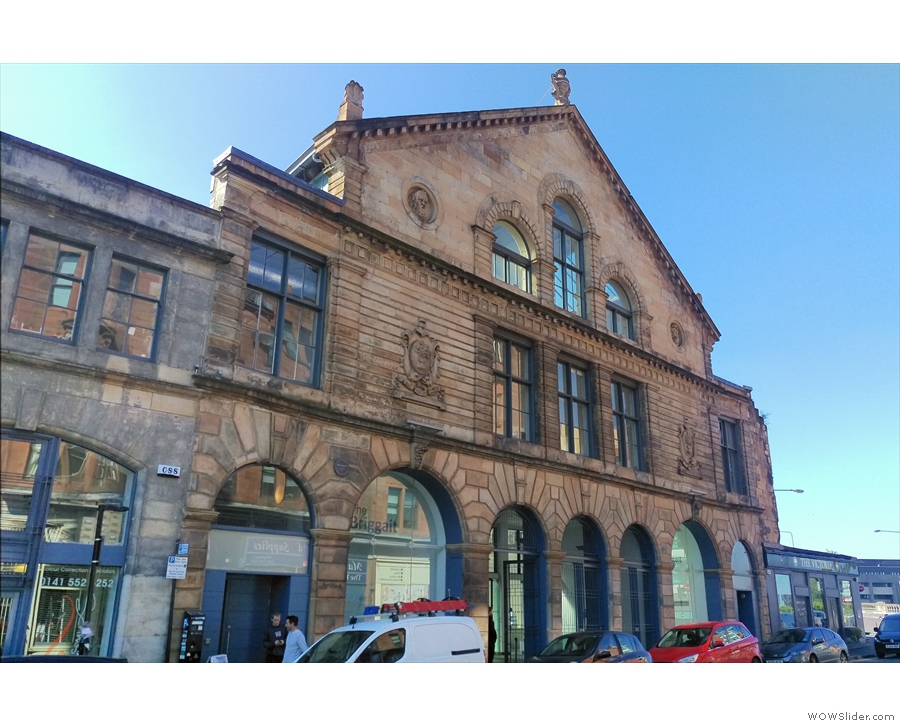
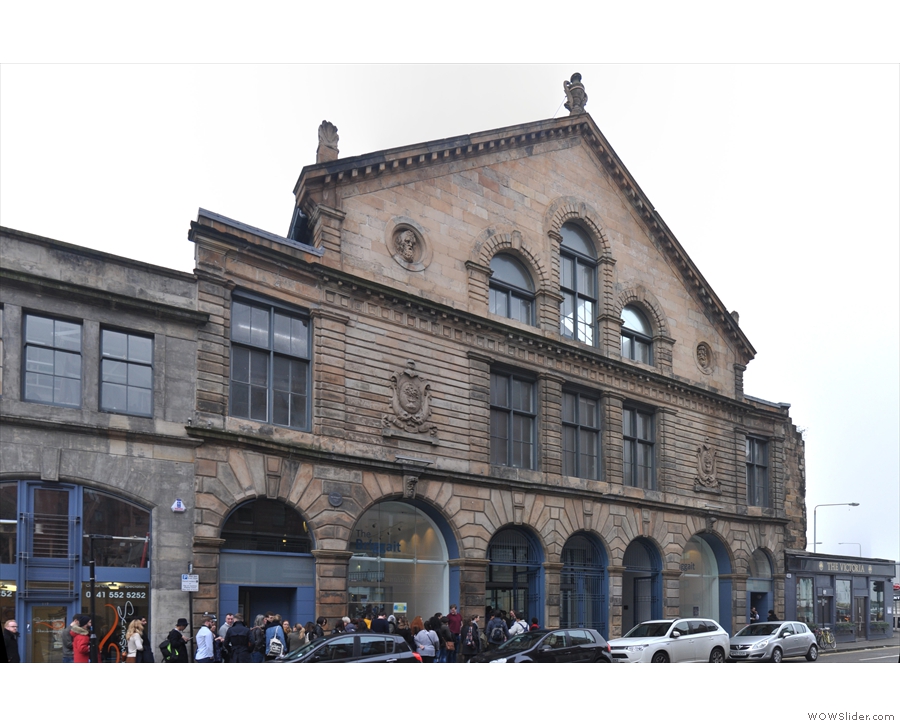
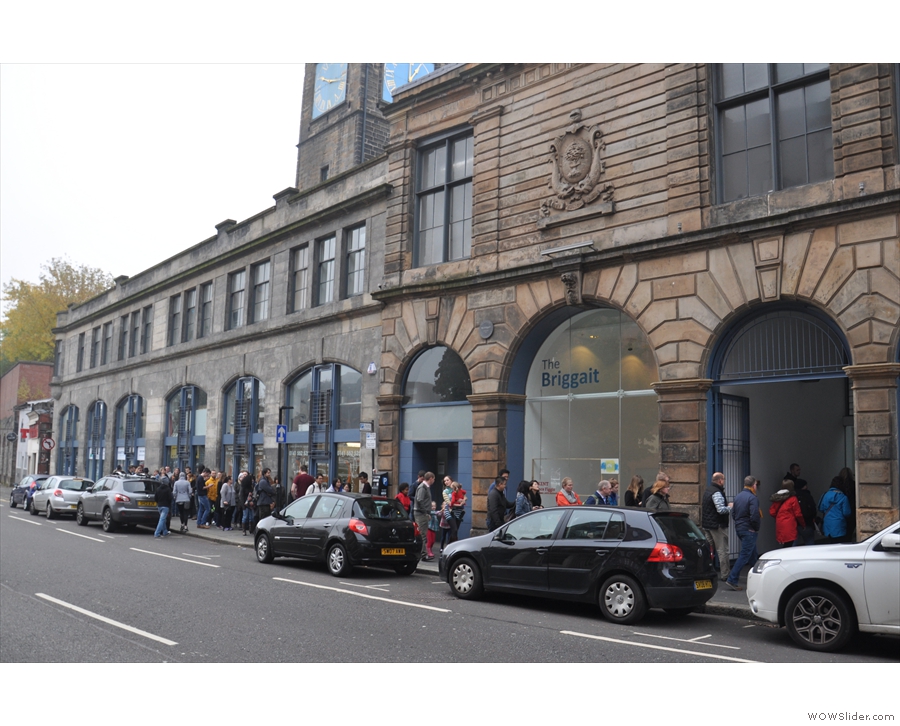
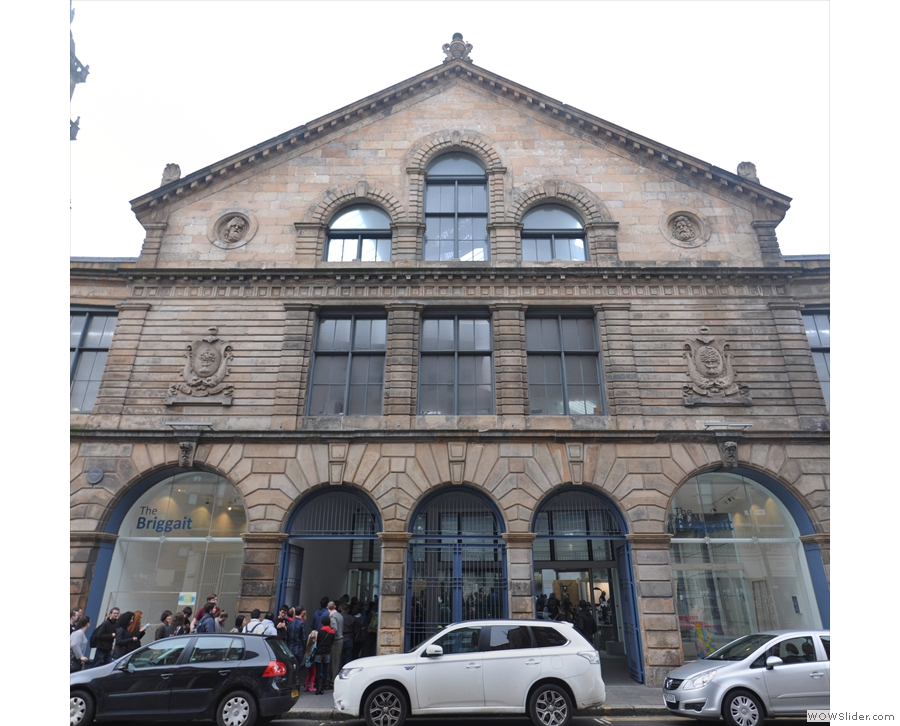
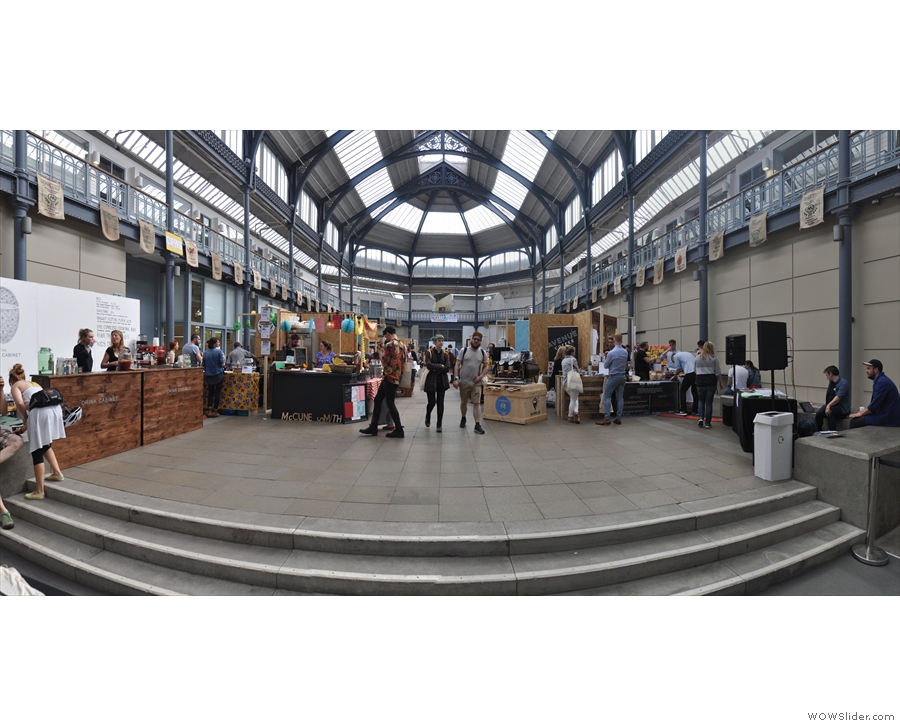
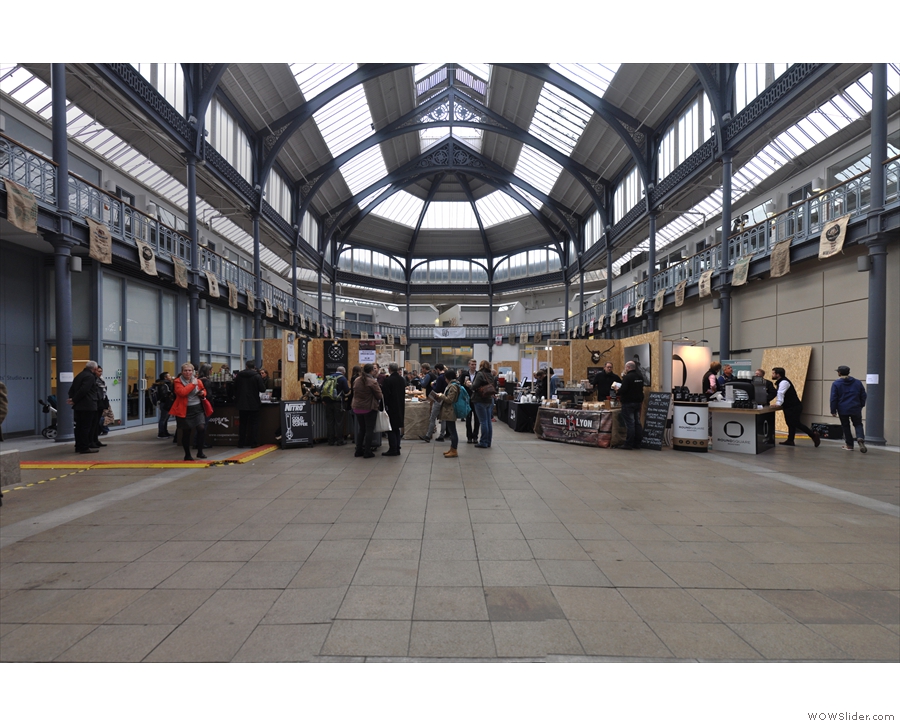
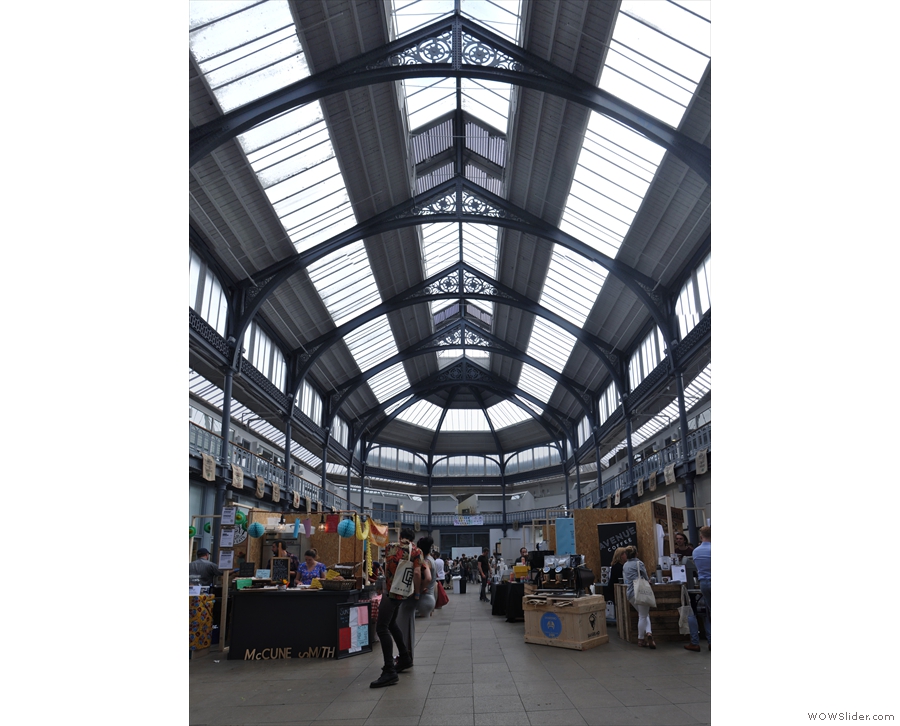
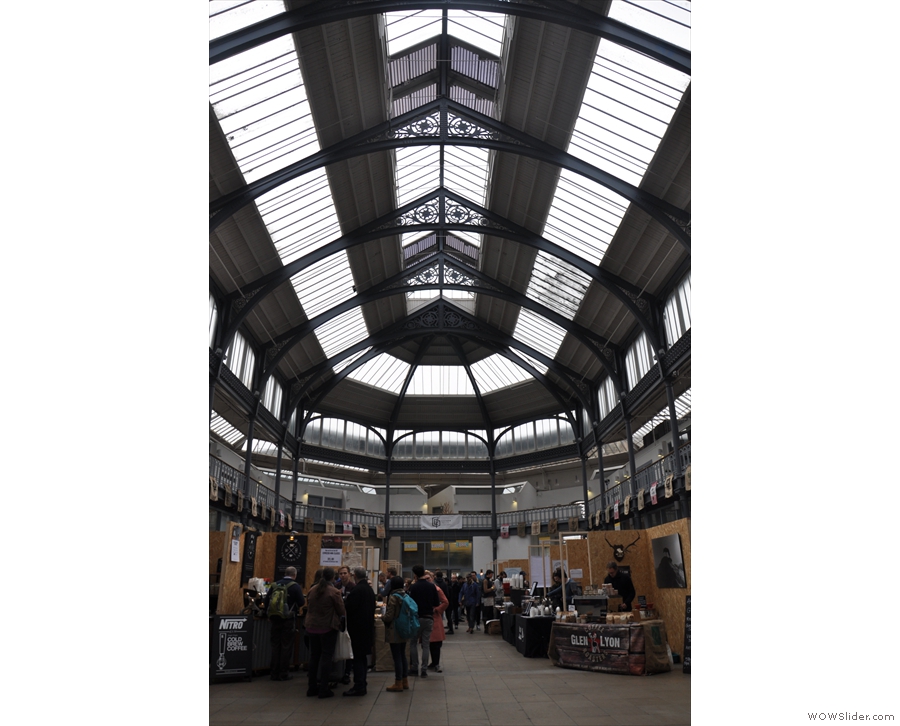
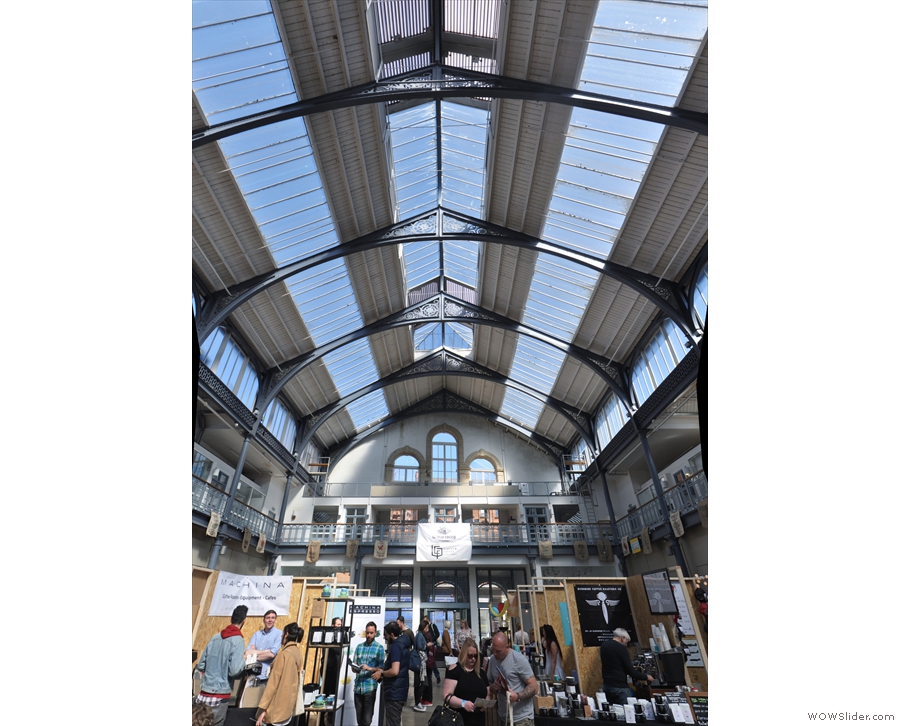
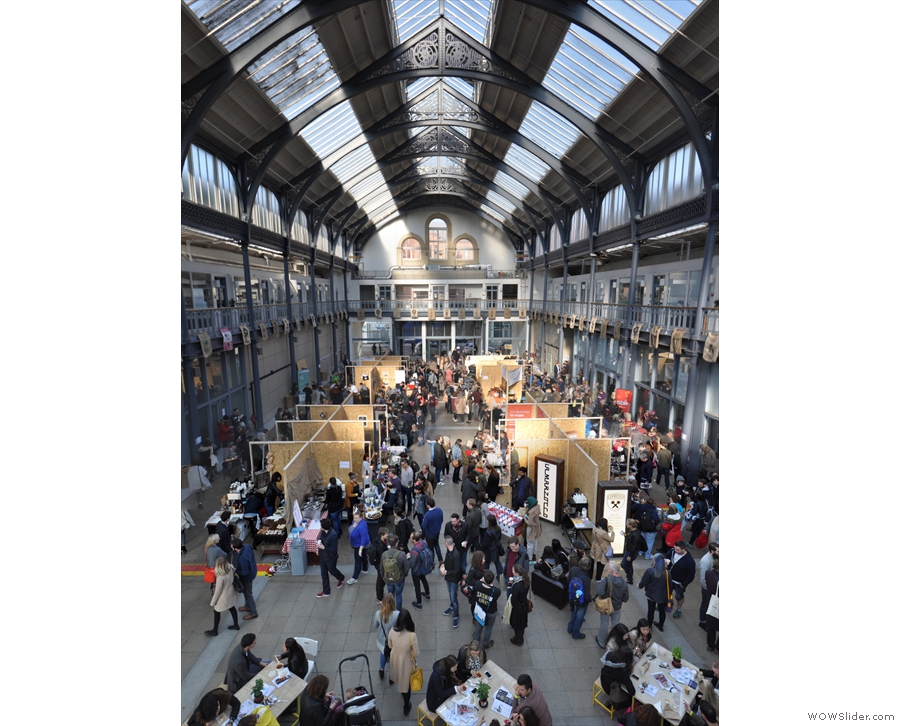
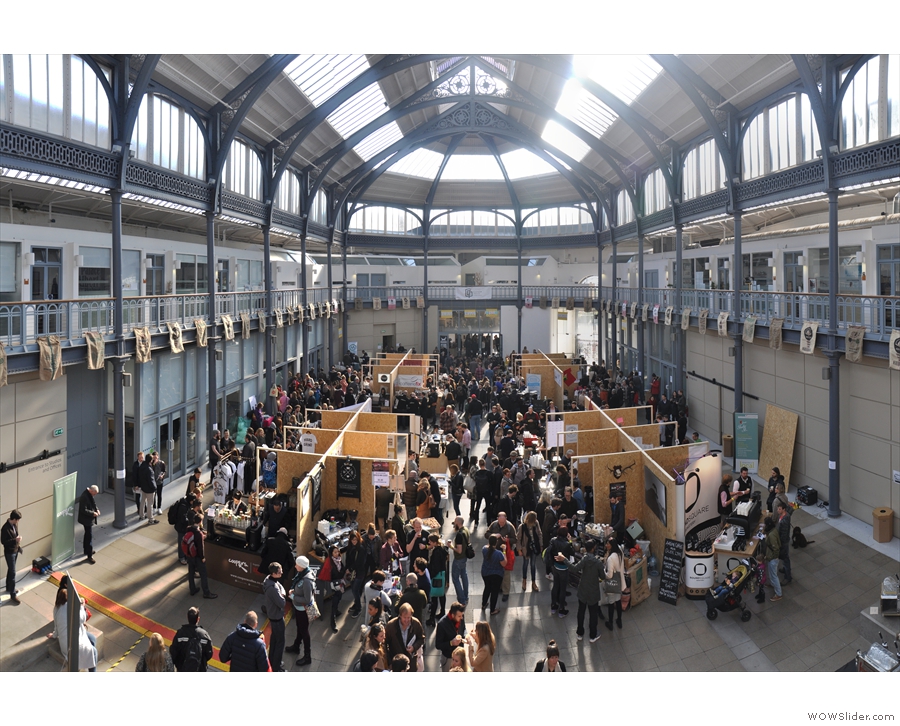
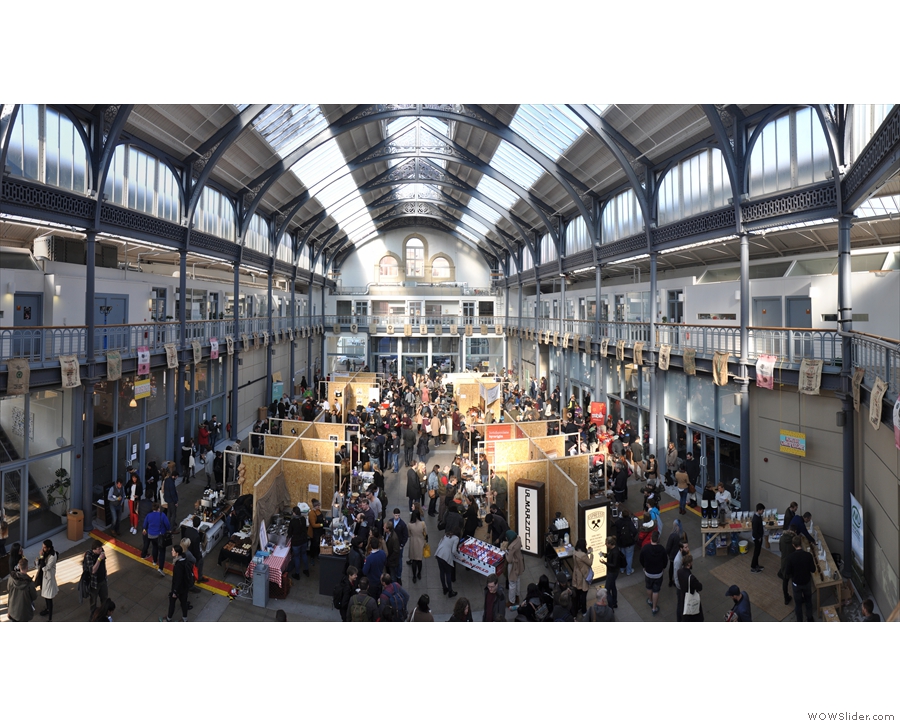
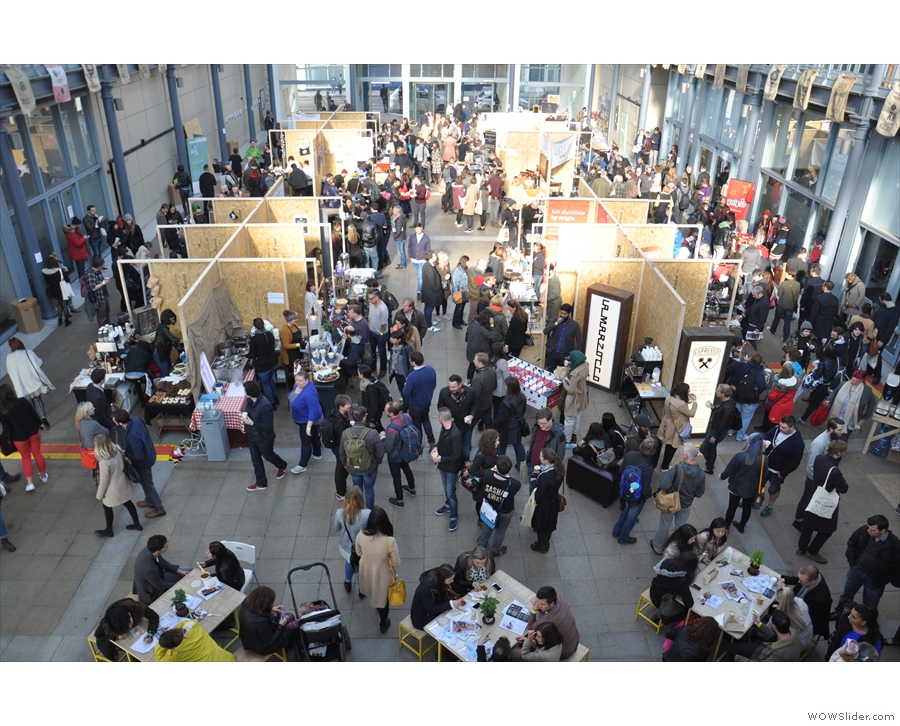
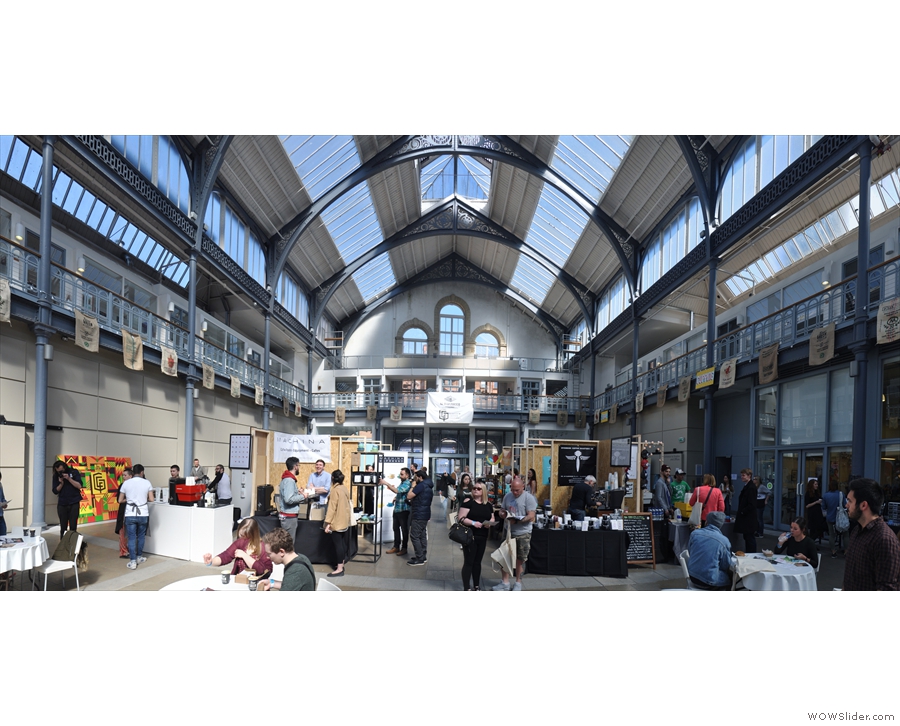
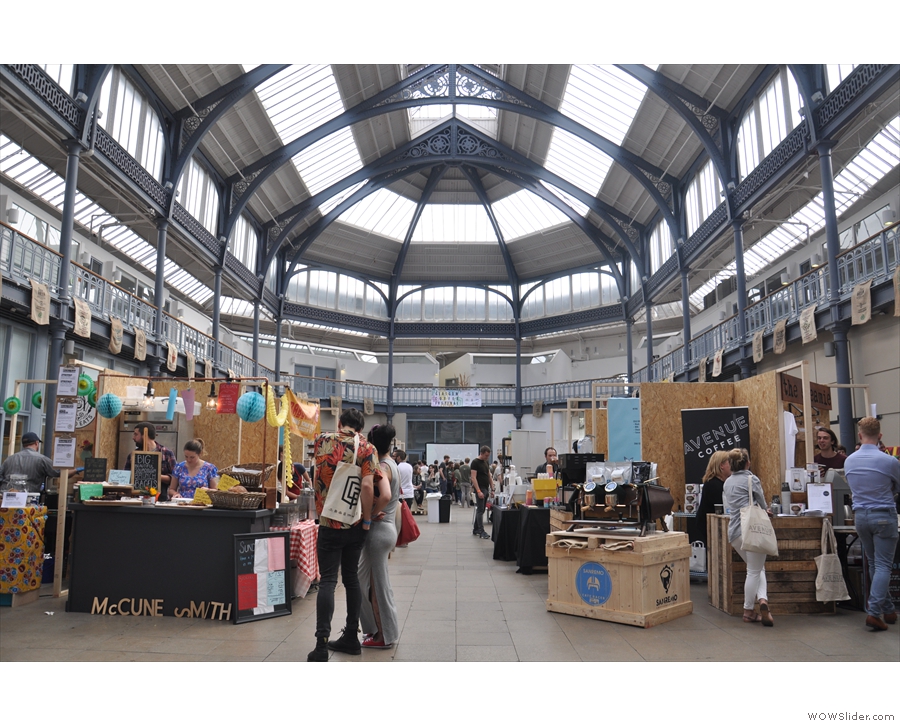
 1
1 2
2 3
3 4
4 5
5 6
6 7
7 8
8 9
9 10
10 11
11 12
12 13
13 14
14 15
15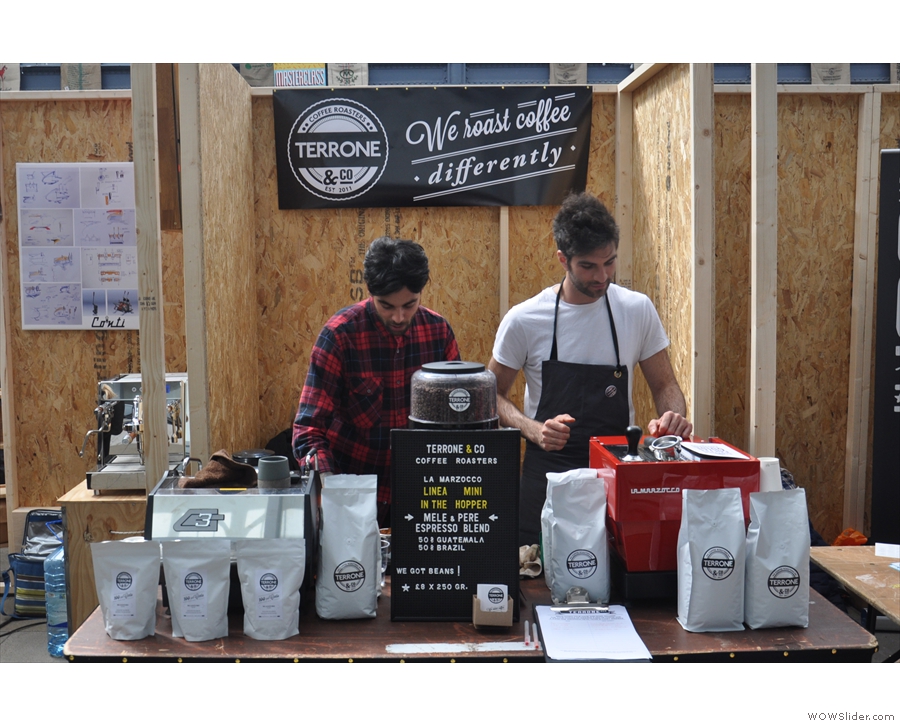
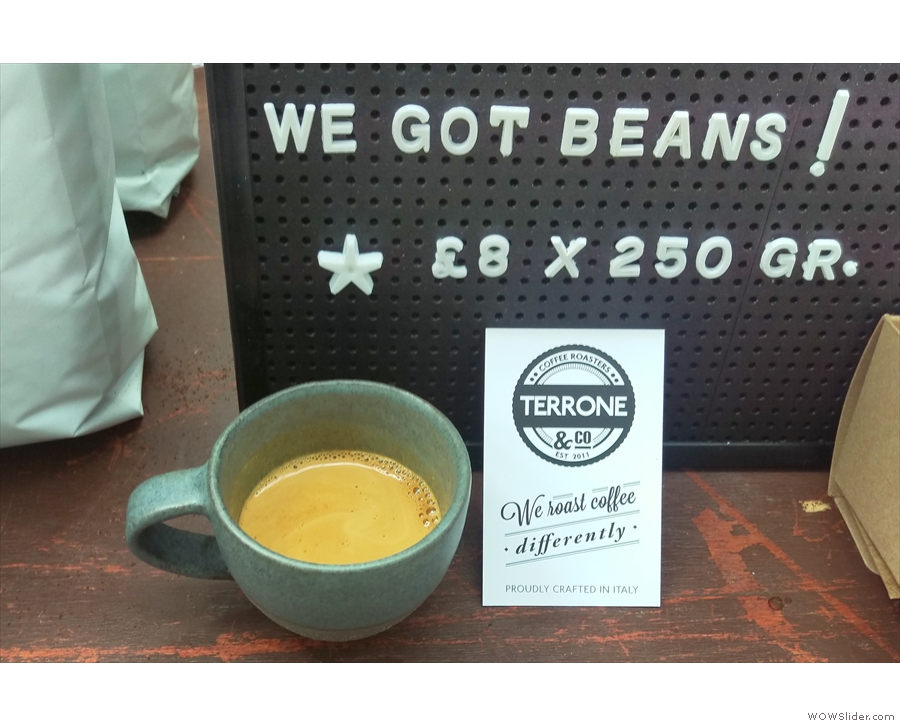
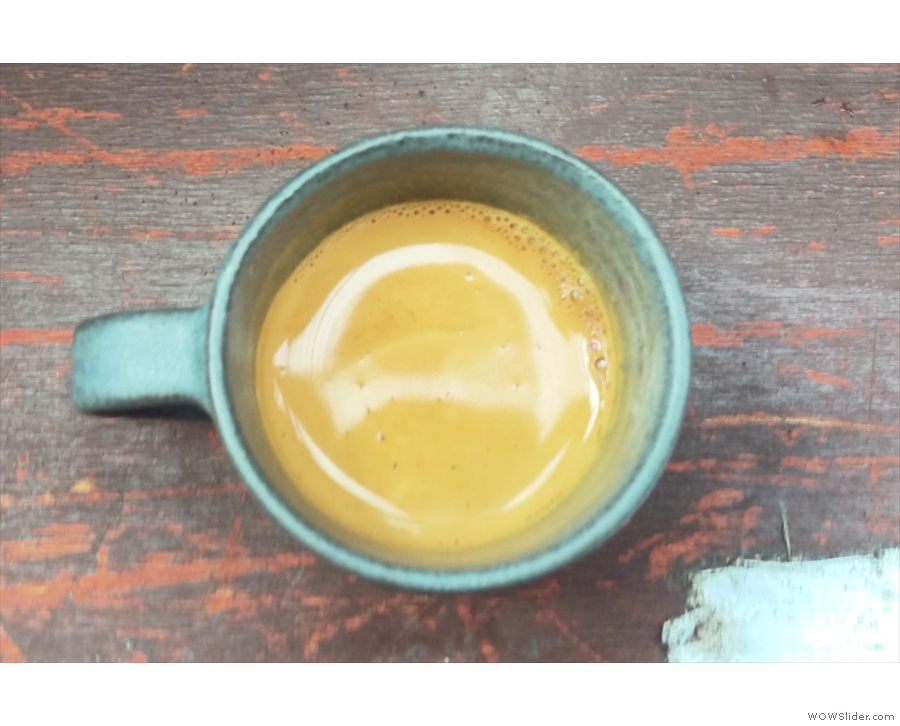
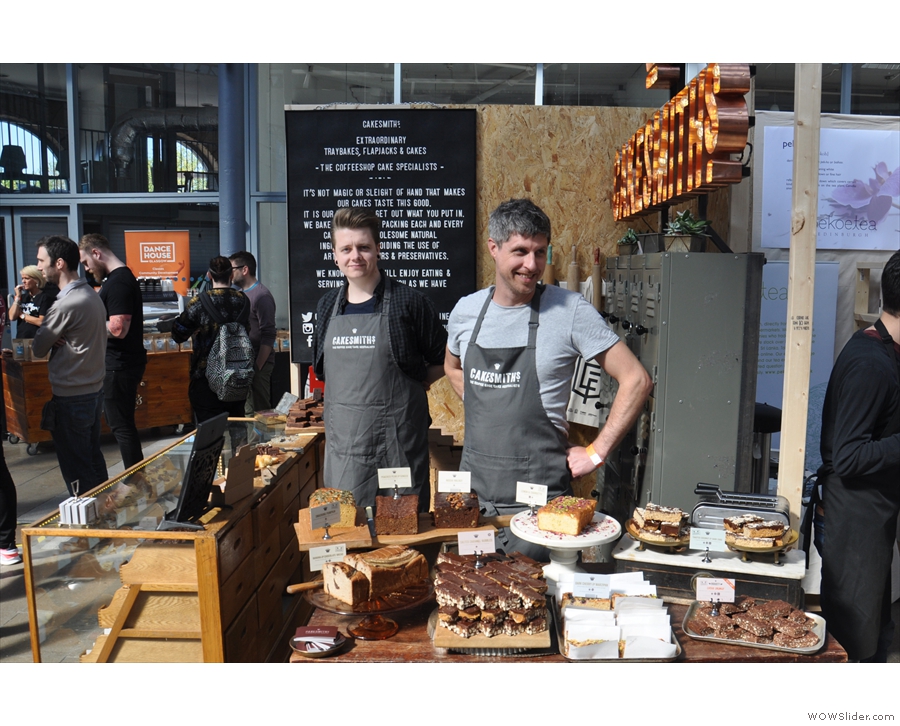
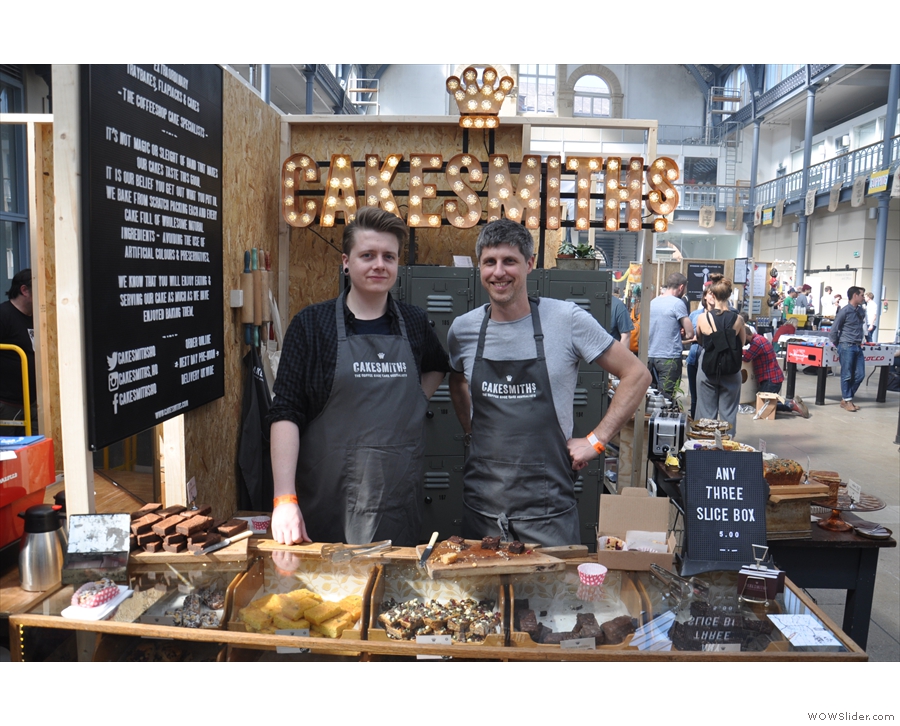
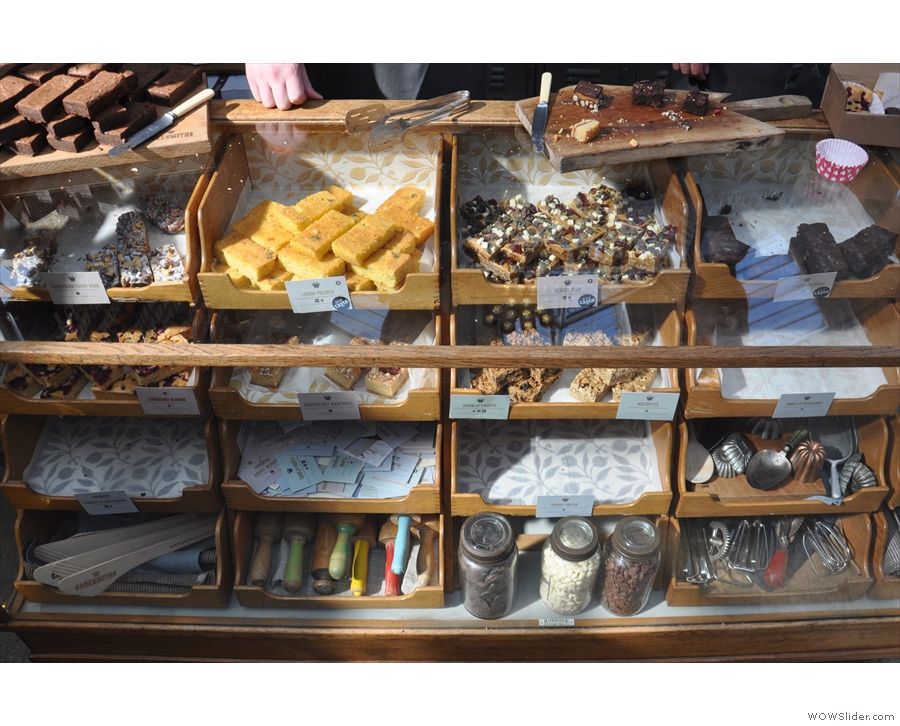
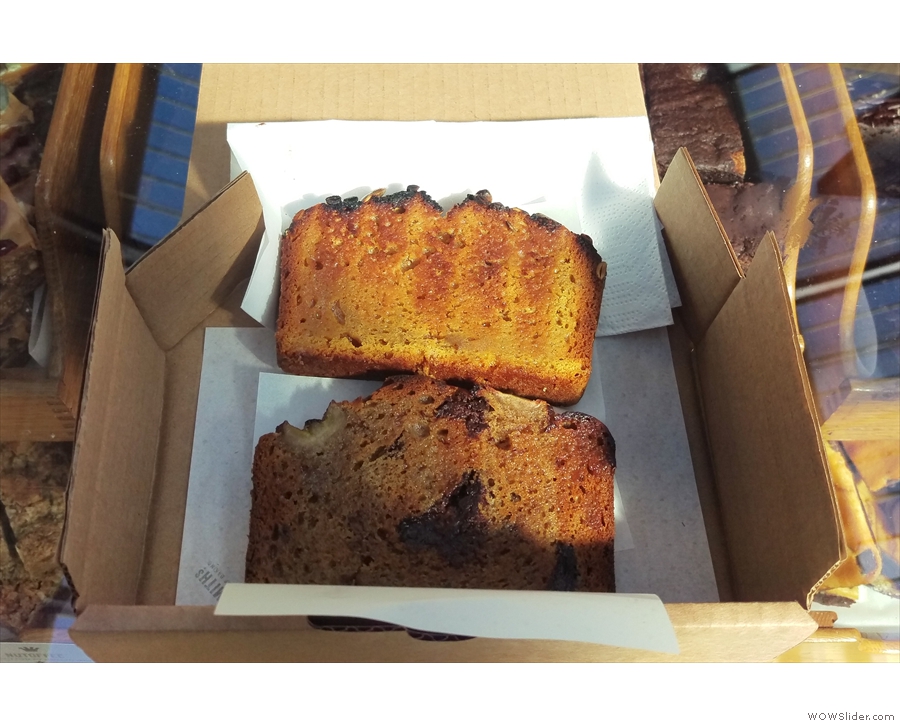
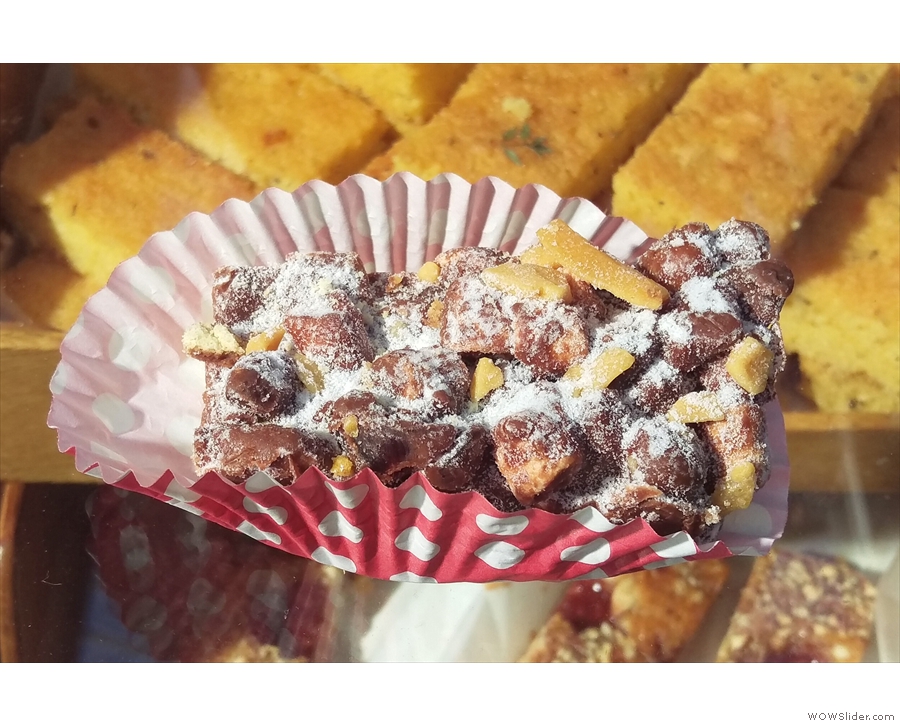
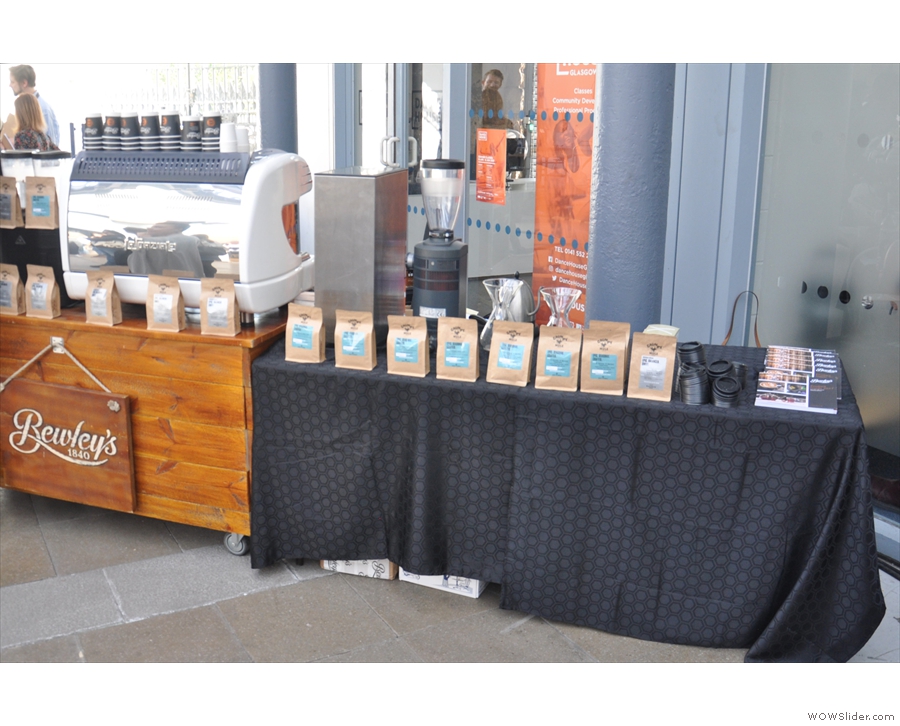
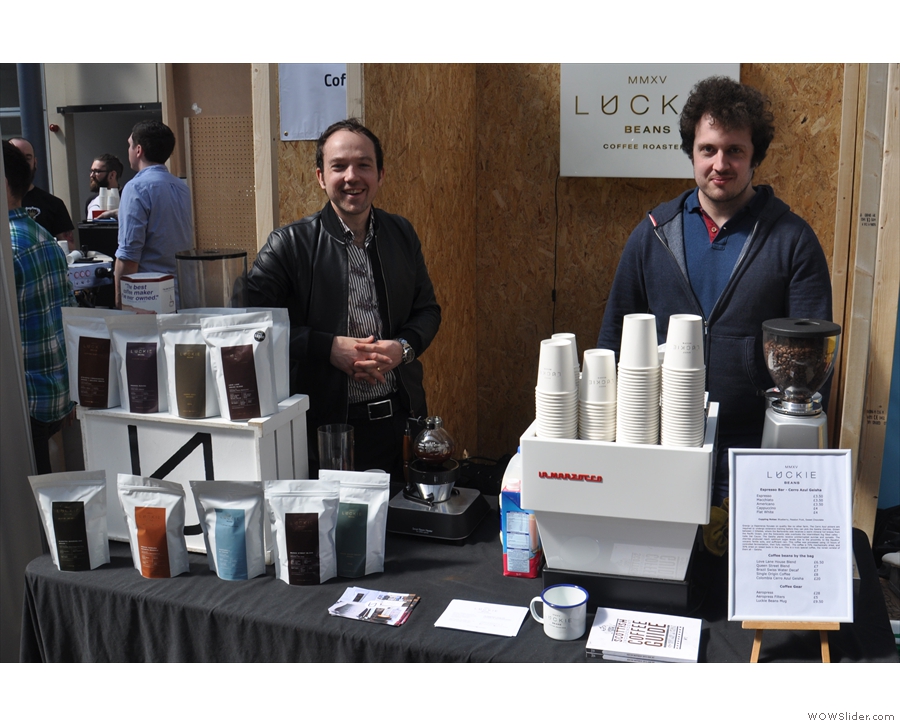
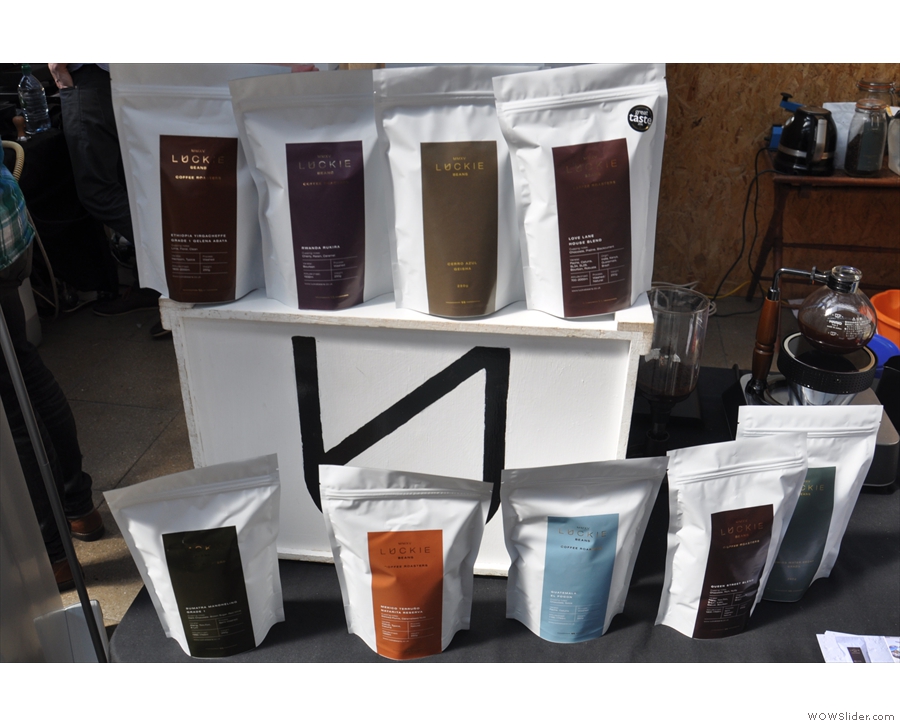
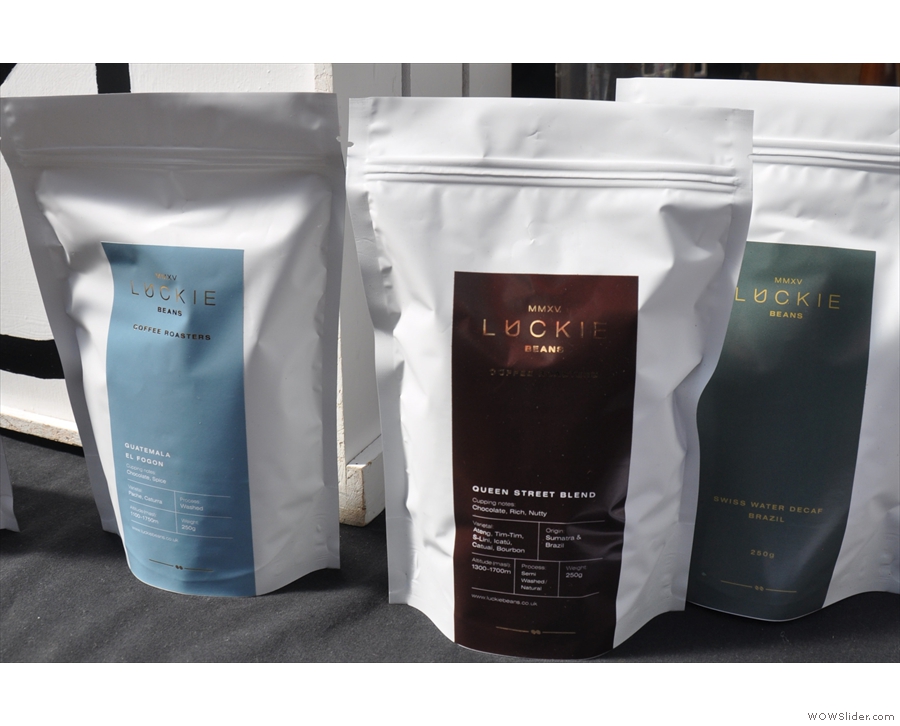
 1
1 2
2 3
3 4
4 5
5 6
6 7
7 8
8 9
9 10
10 11
11 12
12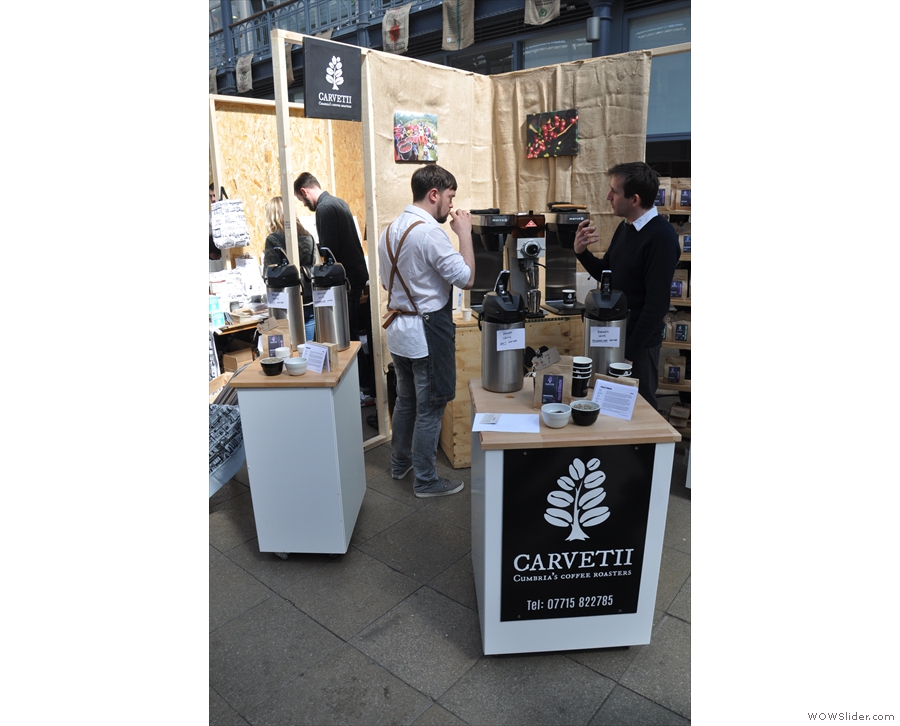
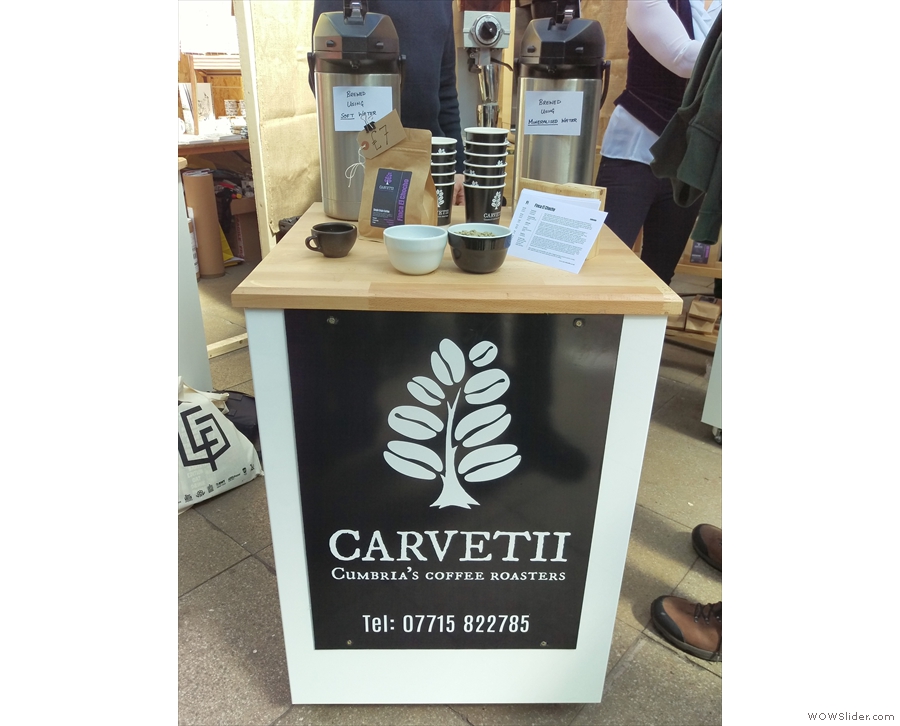
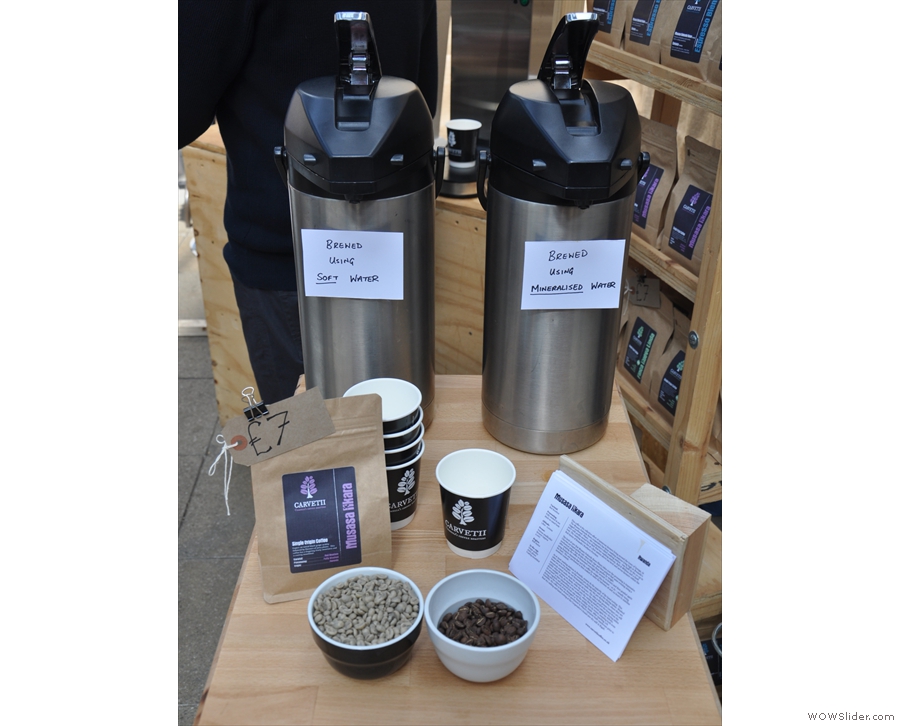
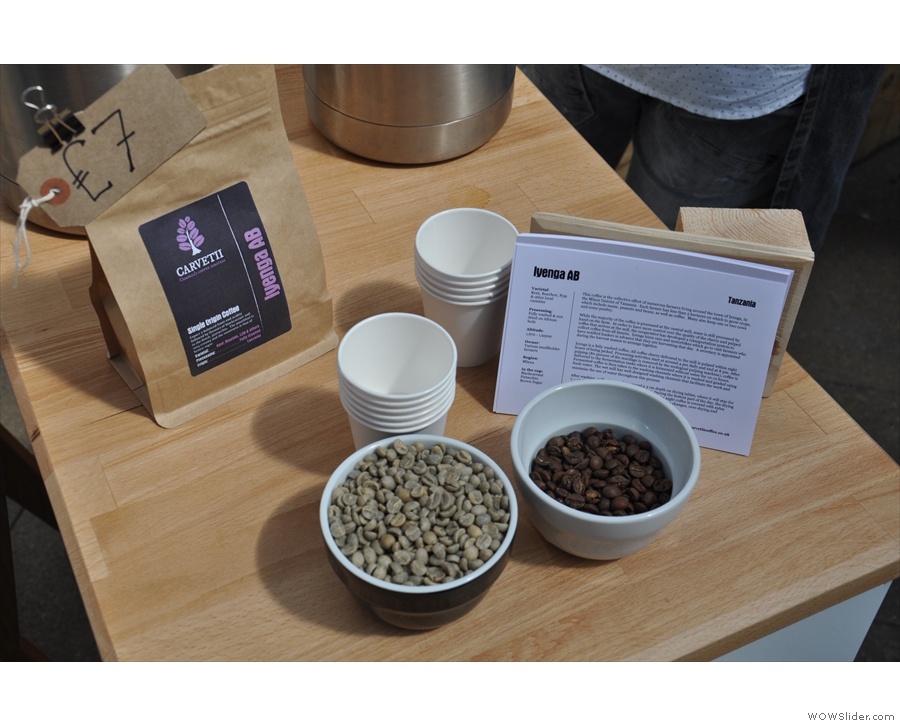
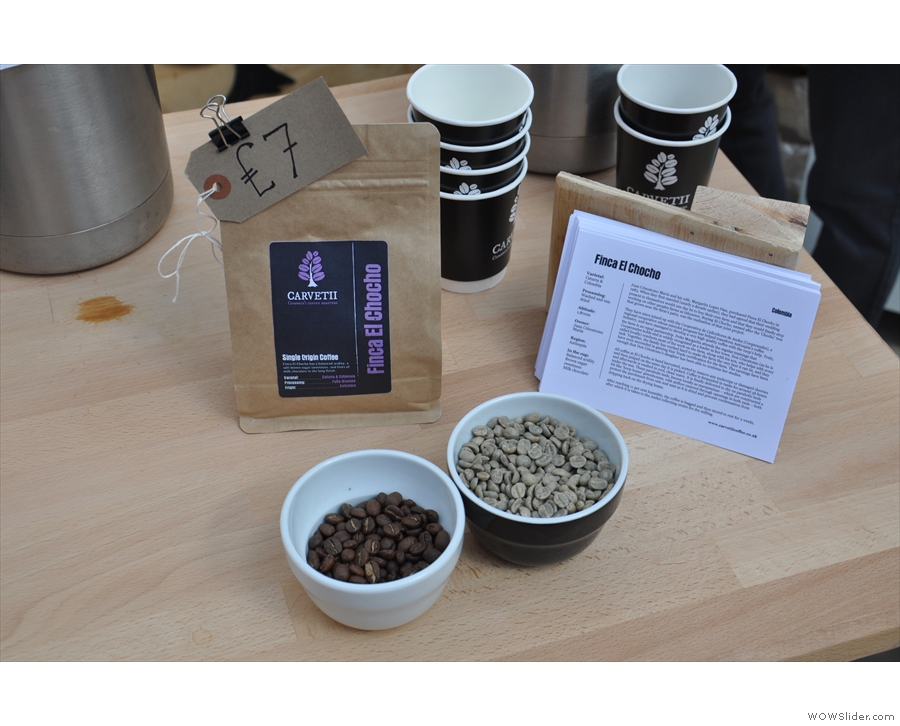
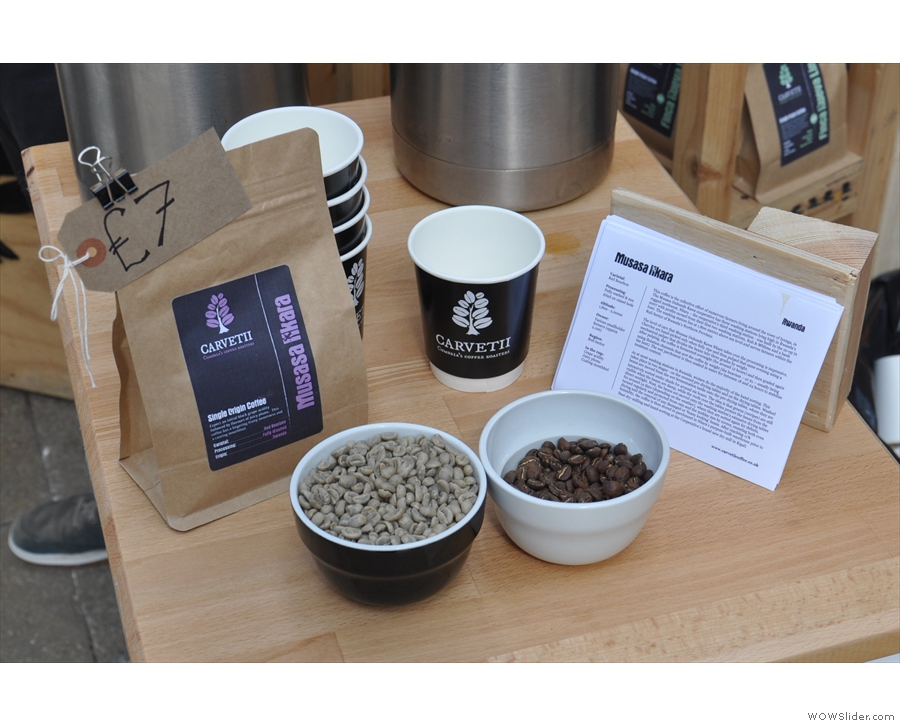
 1
1 2
2 3
3 4
4 5
5 6
6
Pingback: The Steamie | Brian's Coffee Spot
Pingback: Luckie Beans, Glasgow Queen Street | Brian's Coffee Spot
Pingback: Glasgow Coffee Festival 2017 Part II | Brian's Coffee Spot
Pingback: Primal Roast | Brian's Coffee Spot
Pingback: Glasgow Coffee Festival 2017 Part III | Brian's Coffee Spot
Pingback: Kaf Coffee | Brian's Coffee Spot
Pingback: Made by Knock: Aergrind | Brian's Coffee Spot
Pingback: The Coffee Spot is Five! | Brian's Coffee Spot
Pingback: The Philosophy of Coffee | Brian's Coffee Spot
Pingback: Carvetii Coffee Roasters | Brian's Coffee Spot
Pingback: Glasgow Coffee Festival 2017 Preview | Brian's Coffee Spot
Pingback: Glasgow Coffee Festival 2018 Preview | Brian's Coffee Spot
Pingback: Glasgow Coffee Festival 2018 Part I | Brian's Coffee Spot
Pingback: The Good Coffee Cartel | Brian's Coffee Spot
Pingback: It All Started Here | Brian's Coffee Spot
Pingback: Kaido Books & Coffee | Brian's Coffee Spot
Pingback: The Black Chapel | Brian's Coffee Spot
Pingback: Glasgow Coffee Festival 2018 | Brian's Coffee Spot
Pingback: Glasgow Coffee Festival 2020 | Brian's Coffee Spot